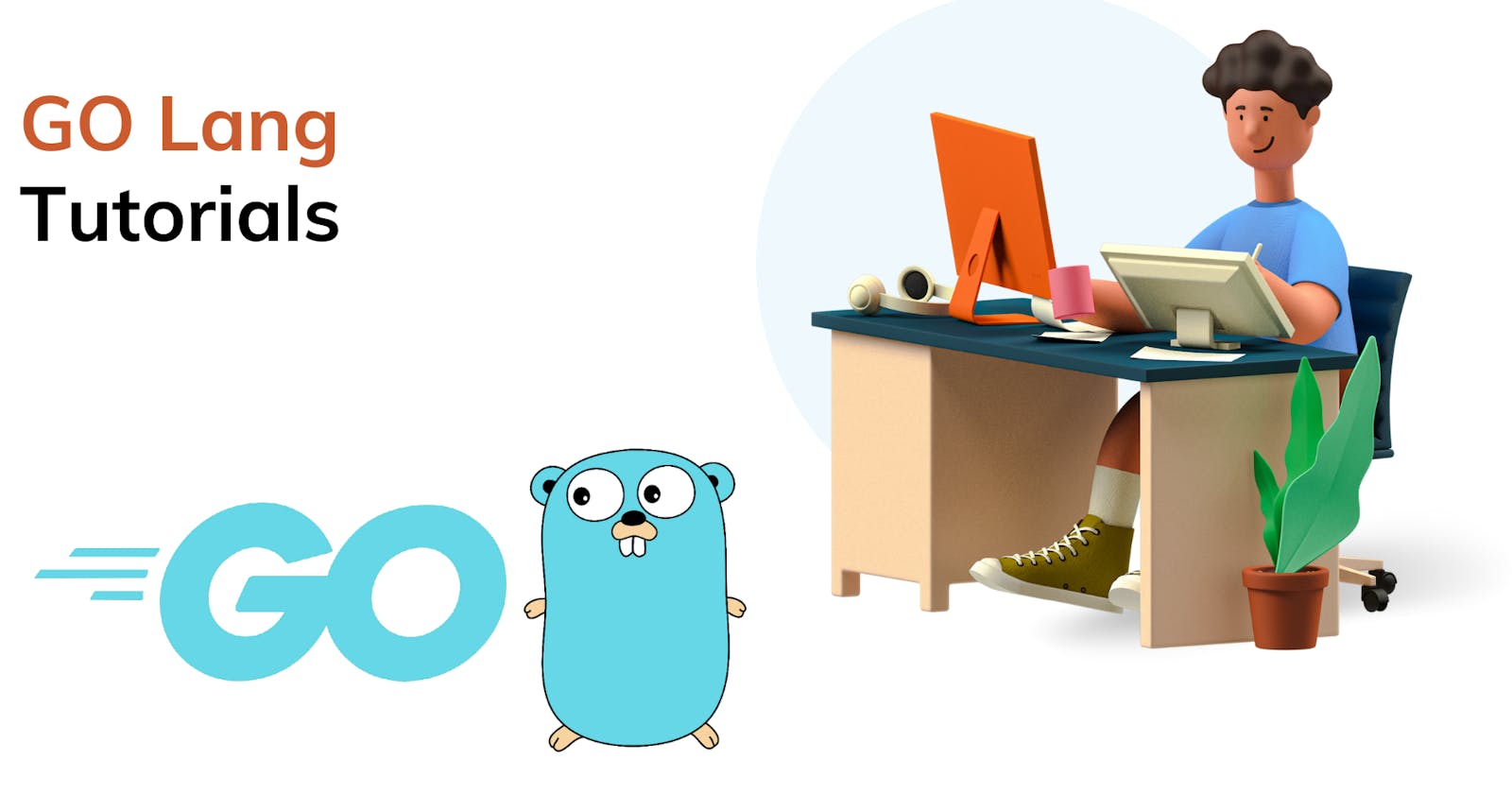Polymorphic relationships in databases offer flexibility by allowing a single association to link to multiple different types of entities. GORM, the powerful Object Relational Mapping library for Go, provides robust features to define and manage polymorphic relationships seamlessly within your applications. Let's delve into an extensive exploration of polymorphic relationships using GORM, empowering you to efficiently model and interact with versatile data structures in your Go applications.
Exploring Polymorphic Relationships
In a polymorphic relationship, a single entity can be associated with multiple types of other entities. This enables greater flexibility and adaptability in modeling complex data structures where a particular entity can have various associations with different types of data.
Defining Polymorphic Relationships in GORM
Model Definition
Consider a scenario where Comments can be associated with different types of Posts or Articles:
package models
import "github.com/go-gorm/gorm"
type Comment struct {
gorm.Model
Body string
CommentableID uint
CommentableType string
}
Here, the Comment struct includes CommentableID and CommentableType fields to represent the polymorphic association with other entities.
Managing Polymorphic Relationships
Creating Records
commentForPost := models.Comment{
Body: "Comment for a Post",
CommentableID: 1, // ID of the Post
CommentableType: "Post",
}
db.Create(&commentForPost)
commentForArticle := models.Comment{
Body: "Comment for an Article",
CommentableID: 1, // ID of the Article
CommentableType: "Article",
}
db.Create(&commentForArticle)
Creating Comments associated with different types (Post and Article) demonstrates the polymorphic relationship.
Retrieving Records
var comments []models.Comment
db.Where("commentable_type = ?", "Post").Find(&comments)
Fetching Comments based on their associated type, in this case, retrieving comments associated with Post.
Updating and Deleting Records
var comment models.Comment
db.First(&comment, 1)
comment.CommentableType = "Article" // Changing comment association type
db.Save(&comment)
db.Delete(&comment) // Deleting a comment deletes the associated record due to polymorphic relationship
Conclusion
Congratulations! You've navigated through the concepts and implementation of polymorphic relationships using GORM in Go. Leveraging GORM's robust features, you can seamlessly define and manage polymorphic associations, enabling flexibility and adaptability in data modeling within your applications.
Mastering polymorphic relationships empowers you to design versatile and interconnected data models, allowing entities to have dynamic associations across various types of data in your Go applications.
I hope this helps, you!!
More such articles:
https://www.youtube.com/@maheshwarligade

